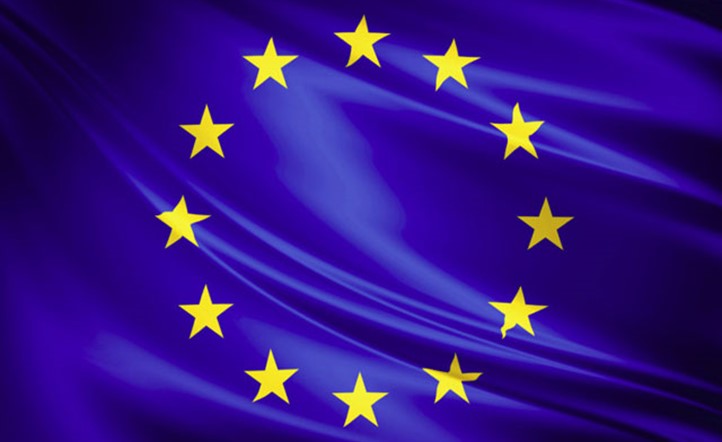Aggiornamento documento EMA "QUESTIONS AND ANSWERS ON REGULATORY EXPECTATIONS FOR MEDICINAL PRODUCTS FOR HUMAN USE DURING THE COVID-19 PANDEMIC"

Il documento "QUESTIONS AND ANSWERS ON REGULATORY EXPECTATIONS FOR MEDICINAL PRODUCTS FOR HUMAN USE DURING THE COVID-19 PANDEMIC" è stato aggiornato con lal'estensione di validità dei certificati GMP e l'introduzione di alcune FAQ riguardanti la farmacovigilanza. Gli aggiornamenti sono disponibili qui di seguito, mentre il documento è disponibile qui.
Q 2.2: Which measures will be taken in respect of GMP certificates and authorisations to manufacture/import in light of difficulties to conduct on-site GMP inspections due to restrictions linked to COVID-19 pandemic? UPDATED
For sites located in the EEA, the validity of GMP certificates for manufacturing/importing sites of active substances and/or finished products in the EEA should be extended until the end of 2023 without the need for further action from the holder of the certificate.
For sites located outside the EEA, the validity of GMP certificates for manufacturing sites of active substances and/or finished products located outside the EEA should be extended until the end of 2023 without the need for further action from the holder of the certificate, unless the issuing/supervisory authority takes any action that affects the validity of the certificate.
Q 4.2. Is there any impact on corrective and preventive actions management under the pharmacovigilance provisions? NEW
During the pandemic situation MAHs might activate business continuity plans and prioritise activities. Therefore, in case MAHs are unable to continue standard management of corrective and preventive actions, for justified reasons relating to the pandemic, they should temporarily prioritise the deviations by applying risk-based approach considering the relative criticality of the deviation to risks impacting the pharmacovigilance system, processes and parts of processes.
Any deviation from the processes and procedures, due to the prioritisation of activities during the pandemic, should be duly recorded as soon as identified, limited in time, and should be addressed and closed when the circumstances permit so, taking into consideration the management of backlogs.
Q 4.3. Is there any flexibility in the planning and conduct of pharmacovigilance system audits? NEW
Any adaptation in the planning and conduct of audits should be based on a risk-based approach with all decisions clearly justified and duly documented as part of a prioritisation strategy. For cause audits should be prioritised and planned audits should be conducted as soon as possible and without undue delay.
Before considering delaying a planned audit, alternative approaches, such as remote audits may need to be considered in the short-term. Where a decision has been made to conduct remote audits, the MAH should consider how these audits will ensure the independent and objective evaluation of the fulfilment of pharmacovigilance requirements by the auditee. This would typically involve a mixture of interview sessions (e.g., via telephone or video conferencing) and document review. Utilising questionnaires alone, without supporting evidence, would not be accepted as audits12. Partners should be kept informed on the overall risk-based strategy. In case of uncertain results, a follow up audit shall be performed as soon as possible.
Q 4.4. Which measures will be taken in light of difficulties to conduct on-site pharmacovigilance inspections during the COVID-19 pandemic? NEW
During the COVID-19 pandemic, on-site inspections may not be possible due to multiple factors including difficulties and restrictions related to travelling between and within the countries, restrictions to accessing facilities and additional health risks for inspectors and inspectees. Regulatory authorities also may need to prioritise, reduce, or postpone certain activities and look for alternative ways of supervision using a risk-based approach.
For pharmacovigilance inspections that are part of pharmacovigilance inspection programmes and cannot be conducted on-site, a remote inspection may be considered, if appropriate and feasible. Decision on “for cause” inspections should be considered on a case-by-case basis by inspectors and concerned assessors, as applicable, to determine whether a remote inspection is feasible, and it could fulfil the purpose of the requested inspection.
Remote inspections should follow, where applicable, the guidelines that already exist for the conduct of pharmacovigilance inspections but should also take into consideration the limitations imposed by using a remote process. It is fundamental to ensure that the inspectee meets the technical requirements to provide remote access to electronic systems, as well as maintains communication with and provides support to inspectors.
During the remote inspection initiation phase, the inspectee should provide detailed information as requested by the inspectors to allow a feasibility assessment by the inspection team.
